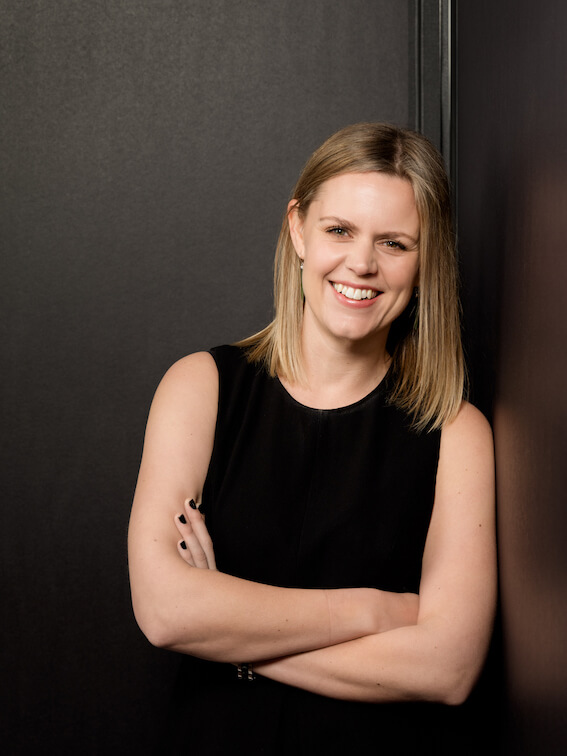All three of my kids are bookworms – influenced, I like to think, by my own love of reading. I’ve enjoyed being part of the “learning to read” journey a couple of times now – and I can’ wait to do it all again when Harriet, our youngest, starts school. At 3 and a half, she’s reached that point where while she can’t yet “read” the words, she’s getting pretty good at remembering her favourite stories.
Flicking through the pages of Green Eggs and Ham, and We’re Going on A Bear Hunt, she can recite most of the words fairly accurately, by looking at the pictures and remembering the milestone story points. When she reaches school, she will follow a similar pattern – looking at the pictures and reading short stories to understand words and their meaning.
There’s a good reason why reading is taught this way, rather than as a ‘list’ of words to memorise. Because people are geared for meaning – we only understand information and learn new skills in the context of understanding what we can do with them.
So, when we teach kids to read, we don’t start with informative text. We start with stories. The goal isn’t as much about letter recognition and sound formation, as it is about comprehension. Those squiggly lines are only useful in the context of their role to help us understand the world around us.
Pioneering cultural anthropologist Clifford Geertz said that humans are ‘symbolizing, conceptualizing, meaning-seeking’ animals. To Geertz, a human being is an organism ‘which cannot live in a world it is unable to understand.’
I love this, and it is something that we all know intuitively.
But sometimes, when it comes to making big change in our organisations and communities, this gets lost. We get so excited about our vision, so convinced in the quality of our thinking, or so caught up in what we need to do as leaders… that we forget to translate our big ideas into something meaningful.
"Management is about doing things right - leadership is about doing the right things." - Peter Drucker
The hardest part of strategy is in the execution. Coming up with great ideas and priorities is wonderful. It’s good fun to work together and come up with ideas that other people need to go ahead and implement. The problem is that, somewhere between 60 and 90% of strategies are not executed, or do not deliver the intended results.
Here’s a couple of other interesting statistics to add to that picture:
-
More than 70% of employees are not actively engaged in their organisation
-
53% of executives do not believe their company’s strategy will lead to success
-
95% of public spending initiatives do not achieve the full range of intended benefits. *Yes, 95%. This one provoked an audible gasp at my local government workshop in Queenstown earlier in the month!
If we were illustrating this story for our early-readers, it wouldn’t be a pretty picture. Somewhere along the way, the bridge between the think-ers and do-ers has broken down.
Last week, I wrote about how important it is to make the physical and mental space inside of BAU to execute. This week, I’d like to take it a step further and focus on the translation piece – how to make strategy meaningful in an operational setting.
Have you ever heard the saying “if you can’t explain it to a six year old, you don’t understand it yourself”? This is a bit like that. If we can’t make strategy or policy clear and meaningful at an operational level, it may not be very good in the first place.
Strategy and change isn’t something we can just ‘do’. It’s a process of constant refinement. The most valuable stage in that refinement, if we let it, can be the reality-test. It’s why the largest and most successful construction projects now bring the contractors into the room with the designers and architects before they go ahead and confirm the plan. Bringing in the insights of the people who understand the day-to-day is so valuable. Even better, when the people in your team who champion and implement across the organisation are engaged from the outset, the likelihood of successful execution skyrockets.
This process of co-creation enables the right blend of big picture thinking and real-life practicality. Asking questions like “what does this mean for you and your team?” “what challenges do you see in making this a reality?” and “what do you need from us to make this happen?” make a big difference. Done well, everyone benefits – an engaged delivery team with ownership, a more robust and actionable strategy, and meaning that filters from the ivory tower to the shop floor.
Common-sense!
How To... Translate Strategy to Action
-
Focus on making meaning before issuing instructions
-
Involve third tier managers in implementation planning
-
Stay open to changes and refinement to the big picture.
 Alicia McKay
Alicia McKay